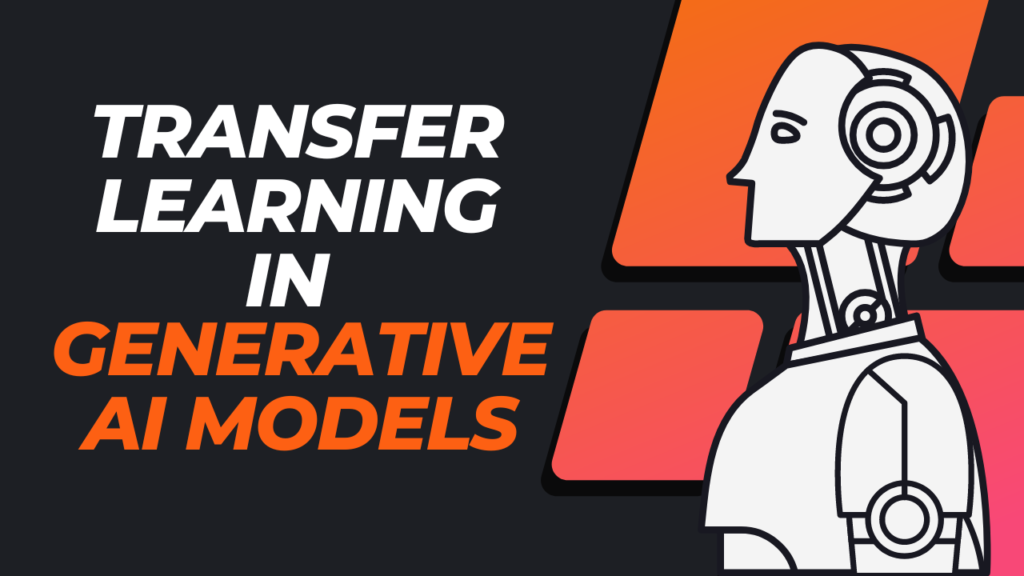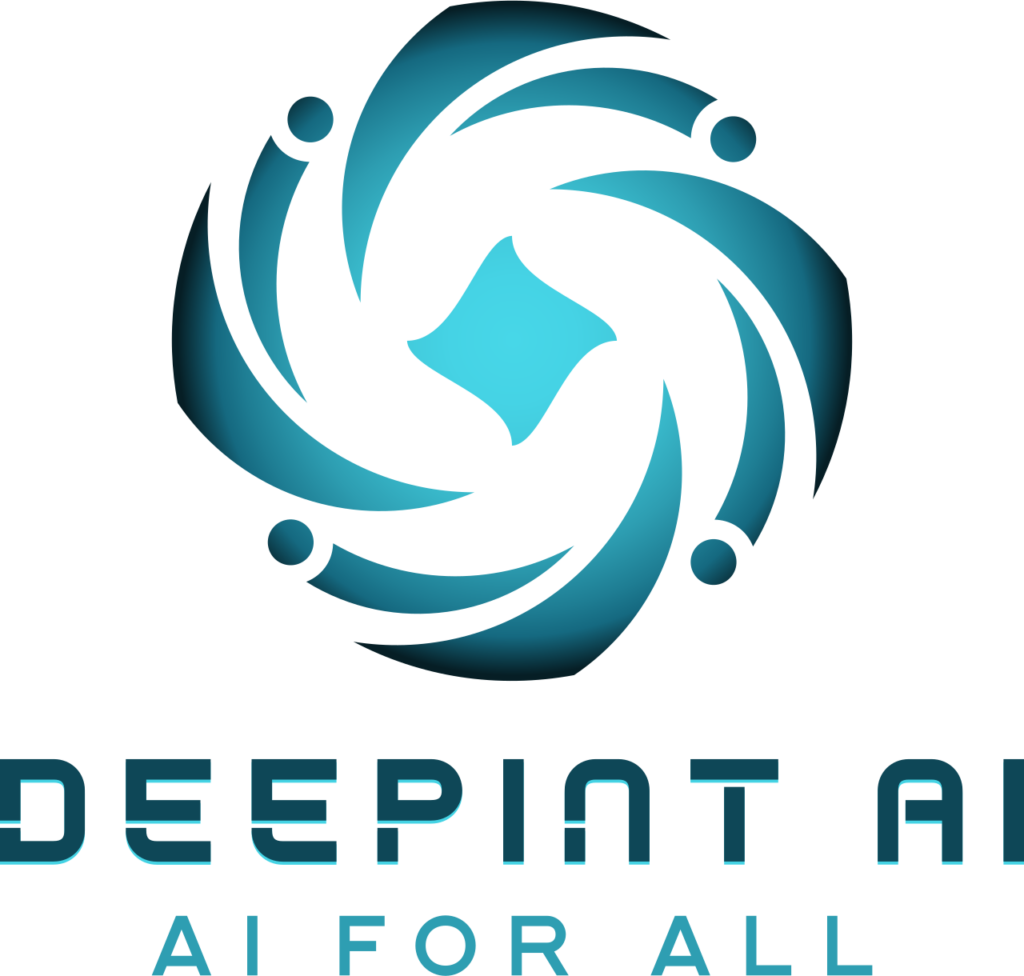Demystifying Transfer Learning: A Primer for Generative Models

Demystifying transfer learning is essential for grasping its significance in generative models. Transfer learning involves leveraging knowledge gained from one task and applying it to another. In the realm of generative models, this means harnessing pre-existing knowledge from a related domain to enhance performance. This article unravels the core concepts of transfer learning in generative models, offering insights into how it accelerates model convergence, improves data efficiency, and enables the creation of more sophisticated and accurate generative outputs. By understanding the fundamentals of transfer learning, you’ll unlock a world of possibilities in AI-driven creativity.
The Role of Pretrained Models in Transfer Learning for Generative Models
Pretrained models are the bedrock of successful transfer learning in generative models. These models, trained on vast datasets and complex tasks, capture valuable knowledge about various features and patterns in data. By leveraging pretrained models, generative models can inherit this knowledge, jumpstarting their learning process and enhancing their performance on specific tasks. This article delves into the pivotal role of pretrained models in transfer learning, highlighting how they expedite convergence, reduce training time, and empower generative models to excel in creative endeavors across different domains.
Fine-Tuning vs. Feature Extraction: Transfer Learning Strategies in Generative Models
When delving into transfer learning for generative models, two primary strategies emerge: fine-tuning and feature extraction. Fine-tuning involves adapting a pretrained model to a specific task by adjusting its parameters. On the other hand, feature extraction entails using the learned features from the pretrained model as inputs for a new model. This article provides a comprehensive comparison of these strategies, exploring their benefits, drawbacks, and scenarios in which each excels. By understanding these strategies, you’ll be equipped to make informed decisions when implementing transfer learning in your generative model projects.
Applications of Transfer Learning in Generative Image Synthesis
Generative image synthesis benefits immensely from transfer learning’s versatility. This technology finds applications in diverse domains, from creating realistic artwork to generating medical imagery. By transferring knowledge from pre-existing datasets, generative models can learn intricate details and produce visually compelling outputs. This article delves into these applications, showcasing how transfer learning is revolutionizing image synthesis across industries and opening doors to new forms of creative expression.
Enhancing Text Generation through Transfer Learning in Language Models
Text generation gains a remarkable boost through transfer learning in language models. By leveraging large pre-trained language models, generative systems can generate coherent, contextually accurate text. This article explores how transfer learning is employed to enhance text generation, enabling AI to craft compelling narratives, create human-like dialogue, and provide valuable content across platforms. Discover the mechanisms behind this process and how transfer learning transforms raw text into engaging narratives.
Transfer Learning for Variational Autoencoders: Advantages and Techniques
Variational Autoencoders (VAEs) benefit greatly from transfer learning techniques. By transferring latent representations across domains, VAEs can generate diverse outputs with reduced training data. This article delves into the advantages and techniques of using transfer learning in VAEs, offering insights into how it enriches generative capabilities, enables cross-domain translation, and facilitates the creation of high-quality, diverse data representations.
Cross-Domain Transfer Learning: Adapting Generative Models for Diverse Data
Cross-domain transfer learning allows generative models to adapt across diverse data sources, enhancing their flexibility and utility. This article explores the intricacies of cross-domain transfer learning, discussing methodologies that enable generative models to generate meaningful content even when faced with data from previously unseen domains. Uncover how this approach broadens the horizons of generative models and paves the way for innovation across a range of applications.
Overcoming Challenges: Ethics and Bias in Transfer Learning for Generative Models
Transfer learning’s potential is undeniable, but it also brings ethical considerations and the risk of bias. When applied to generative models, transfer learning might inadvertently perpetuate biases present in the source data. This article delves into the crucial topic of ethics and bias in transfer learning for generative models. It explores strategies to mitigate bias, promote fairness, and ensure responsible AI deployment. By addressing these challenges, we can harness the power of transfer learning while upholding ethical standards.
Case Study: Achieving Realistic Art Generation using Transfer Learning
A compelling case study demonstrates the transformative impact of transfer learning on art generation. By transferring knowledge from diverse art styles and techniques, generative models can create artwork that captures the essence of different artistic genres. This article presents a deep dive into this case study, showcasing how transfer learning revolutionizes the creative process and enables AI-driven artists to produce astonishingly realistic and diverse artworks.
Future Prospects: Innovations and Trends in Transfer Learning for Generative Models
The future of transfer learning in generative models holds exciting promise. With ongoing research, advancements in AI, and evolving technology, new trends and innovations are set to reshape the landscape. This article peers into the crystal ball, discussing potential future developments, such as multimodal learning, zero-shot learning, and more. By understanding these trends, you’ll be better prepared to harness the cutting-edge possibilities that await in the realm of transfer learning for generative models.
Conclusion

In the dynamic world of AI and generative models, transfer learning emerges as a potent force that amplifies creativity, efficiency, and innovation. From demystifying its principles to unraveling strategies like fine-tuning and feature extraction, the potential of transfer learning in generative models becomes evident. The remarkable applications across domains, from image synthesis to text generation, testify to its transformative impact on creative outputs.
As we explore the fusion of transfer learning with variational autoencoders, cross-domain adaptation, and ethical considerations, we unveil a multi-faceted landscape that enriches generative capabilities while ensuring fairness and responsibility. The captivating case study showcasing realistic art generation serves as a testament to the technology’s potential to shape artistry.
Looking ahead, the future prospects of transfer learning in generative models hold an array of innovations, promising to elevate the technology to new heights. Multimodal learning, zero-shot capabilities, and cutting-edge trends are poised to redefine what’s achievable. In embracing these innovations, we embrace the potential to create, learn, and communicate like never before.
As the boundaries of AI-driven creativity expand, the role of transfer learning becomes ever more significant. By understanding its nuances, harnessing its strategies, and engaging with its ethical dimensions, we can embrace the power of transfer learning to reshape industries, push artistic boundaries, and usher in a new era of limitless possibility.

